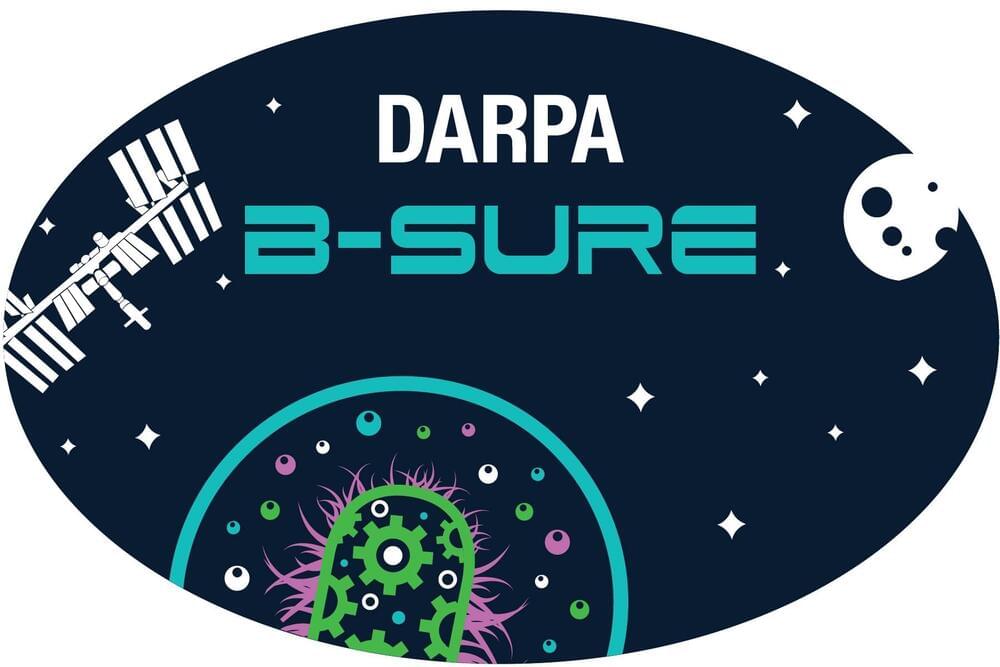Click on photo to start video.
We love the ultra-realistic, new era of advertisement 😱🤩.

And thanks to promising alternatives, the competition is heating up. Let’s check out Alibaba’s bot Tongyi Qianwen! #battleofthebots

The right decision may still be wrong if taken out of context, without regard for what’s coming, or only based on how people feel about any topic at any moment in time.
AI thoughts 💭
Programming limits scope, filters data and concludes fast. Maybe too fast. Not all decisions need to be taken on the spot.
Human thoughts 💭 about knowledge building, concluding and AI
Knowledge limits scope, filters data and concludes. The conclusion by its very nature limits or even omits new knowledge.
What happens if we add AI?
Programming limits scope, filters data and concludes fast. Maybe too fast. Not all decisions need to be taken on the spot.
Interesting to note that both knowledge types belong to the past, which means the entire data set is deficiently incomplete, both human and machine…
So

Interesting to note that both knowledge types belong to the past, which means the entire data set is deficiently incomplete, both human and machine…
So
Could a machine ever learn to program itself to think without programming?
Yes, it’s currently under development.
CBI: Computer-Brain Interface, whereby humanity provides the non-programming edge for programming machines.
Also known as BCI by humans.
Brain-Computer Interface, whereby machines provide the programming edge for humans.

Including space.
The DARPA Biomanufacturing: Survival, Utility, and Reliability beyond Earth (B-SURE) program aims to address foundational scientific questions to determine how well industrial bio-manufacturing microorganisms perform in space conditions. http://ow.ly/3Nya50On2za



They identified a new type of stem cell, which enables deer to regenerate their antlers year after year.
When transplanted into mice, it took just 45 days for them to grow antler-like bumps containing cartilage and bone.
This early research could potentially give us a better way to repair skeletal injuries — and maybe even help us to regrow our own limbs one day: https://www.freethink.com/science/deer-antlers-regeneration.
📸: Credit: T. Qin et al. / Science Freethink.